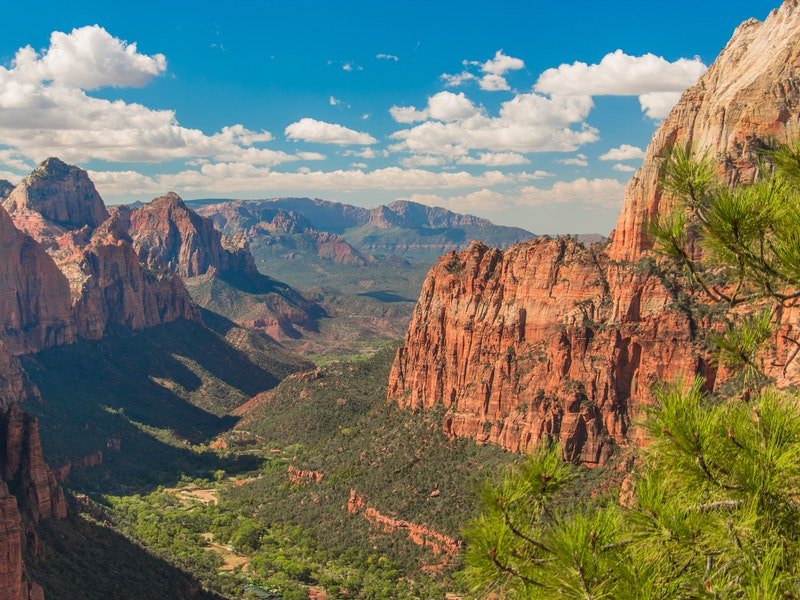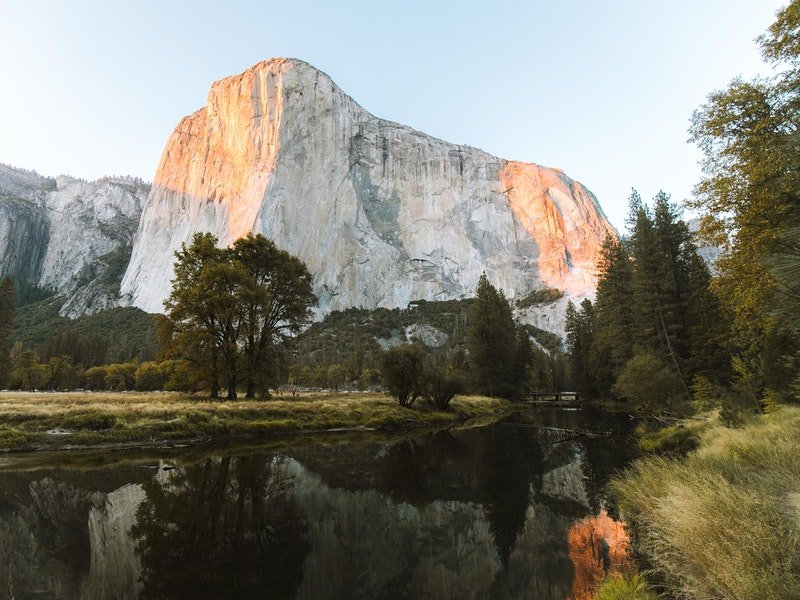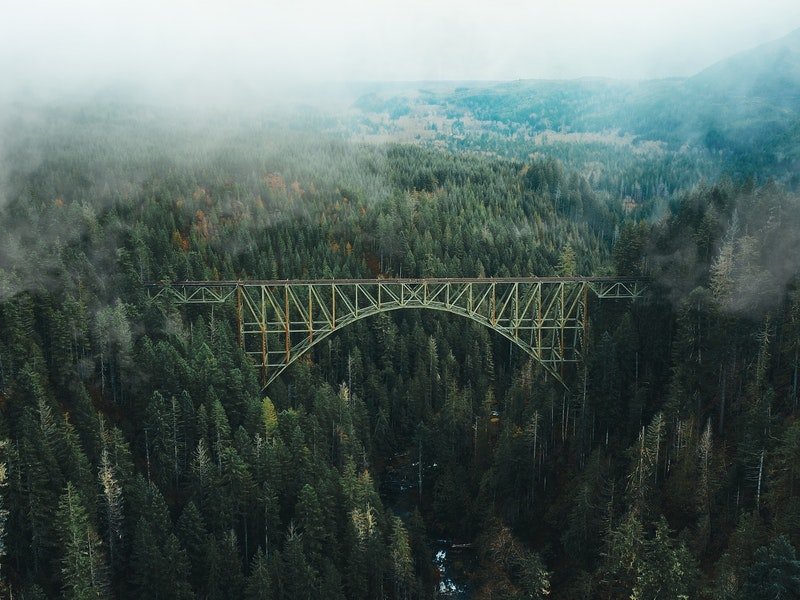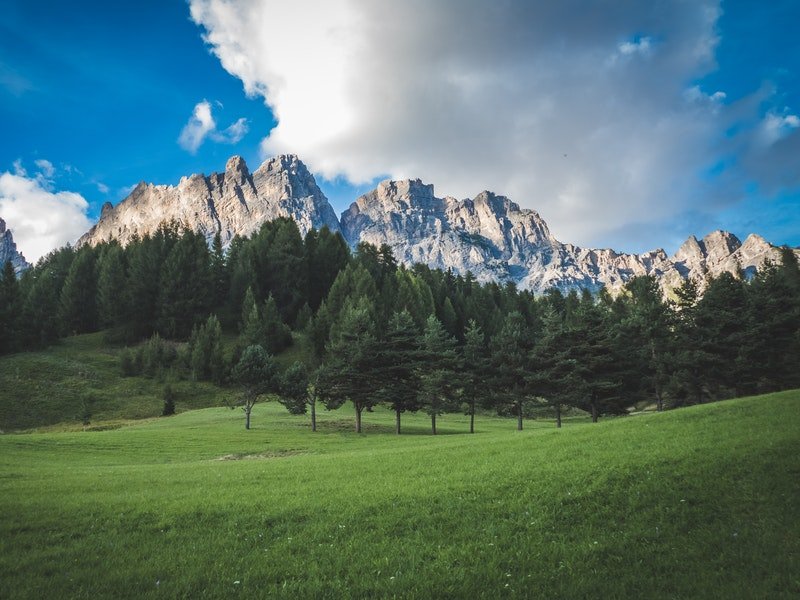Base jumping has always been a sport on the edge of society. It’s an often dangerous and secretive pursuit. Base jumping headlines often involve close shaves and deaths, arrests, and encounters with security. Popular youtube and social media videos of the sport always gain notoriety for the most daring feats or when done while outwitting law enforcement. But is base jumping an illegal sport?
There’s no doubt that some base jumps get attention for breaking laws and taking insane risks. But are all base jumps legal? Big sports brands such as RedBull and Oakley have often put their names to base jumping competitions and one-off stunts. And some of the most famous base jumpers have found lucrative sponsorship with big corporations. So are there legal ways to base jump?
Let’s explore the laws on base jumping and why it’s sometimes seen as an illegal sport. We will look at where the sport is and isn’t banned and why bans are in place. We can also explore the areas and iconic locations where base jumping is legal.
Is base jumping illegal in the USA?

While there are famous incidents where base jumpers were arrested in the USA, the sport is generally not illegal. At least it’s not banned nationwide. The problem comes with accessing many of the tall buildings, which are ideal for a base jump. The base jump itself is often legal, but it’s trespassing on private property, which isn’t.
Most tall buildings and antennas in the U.S. are privately owned. In most cases, the owners of these buildings are unlikely to allow base jumpers to use their structure as a jump-off point. Looking at it from the building owner’s point of view, why would they? It’s such a dangerous sport; they are risking a lawsuit or negative publicity, putting their employees at risk, and risk damage to their property.
Of course, this doesn’t stop base jumpers from taking on the challenge of sneaking onto private property and covertly reaching the jumping point. It’s fair to say that base jumpers, in general, have a great deal of courage and determination. Some base jumpers are not only willing to take the risk of trespassing but enjoy the extra risk factor. These are usually the base jumps that make the headlines and give base jumping a negative image.
There are many natural base jumping spots and even some buildings and bridges where base jumping is legal in the U.S. However, those legal locations don’t include U.S. national parks. Base jumping is officially banned in all national parks across the country but still permitted in areas owned by the Bureau of Land Management and the U.S. Forest Service.
Why is base jumping illegal in U.S. National Parks?

The official law prohibiting base jumping in the U.S. National Parks is called article 36 CFR 2.17(3). The rule prohibits “delivering or retrieving a person or object by parachute, helicopter, or other airborne means, except in emergencies involving public safety or serious property loss, or pursuant to the terms and conditions of a permit.” So technically, it is not banned, but it requires a letter or permission from the Park Superintendent. The stance on how much the National Parks Services frown upon base jumping and wingsuiting seems to change year to year, but it can be generally difficult to obtain a permit. Such permits are usually only given to special events or widely respected competitions.
When base jumping was in its infancy, permits to jump in National parks were slightly easier to obtain. A fast track program to obtain such licenses was introduced in 1980, making it easier for base jumpers to jump off icon spots such as El Capitan. However, this scheme was quickly withdrawn. The official stance was that too many base jumpers were causing environmental damage and abusing the permits. Pretty much ever since that withdrawal in 1980, the U.S. National Parks have upheld the law and been very hesitant to give permits for base jumping or parachuting activities.
What are the punishments for base jumping in U.S. National Parks?

Despite the laws against base jumping in U.S. National Parks, 100s of illegal base jumps happen each year on National Parkland. These jumps tend to take on the most iconic National Park spots, such as El Capitan, Glacier Point, and Half Dome. Park rangers try to pursue illegal base jumpers, but it’s thought only a small number (estimated to be 5%) get caught. When caught, the fine is up to $5,000, and they confiscate all base jumping equipment.
Much-respected base jumper Frank Gambalie took one such illegal base jump. Gambalie was one of the top jumpers in the sport and had several high-profile sponsorship deals, having already conquered some of the most iconic jumps. He jumped from El Capitan in 1999, but park rangers quickly pursued him after a safe landing. Gambalie wasn’t keen to get caught and made a risky escape across the Merced River, which was high at the time. Tragically, Gambalie didn’t survive the swim, and his body was found in the river 15 days later.
Many questions why Gambalie risked his life to avoid capture. While some initially pointed to the high fines and the fact he would have inevitably lost $1,000s of equipment, others have argued that he was well sponsored, and his equipment was usually given to him for free. Many theorize that he took the risk because he underestimated the dangers of crossing the river. Moreover, many point to the fact he had a reputation for evading capture, and as with others, the chase was part of the fun.
Where in the USA can I legally go base jumping?

While few iconic U.S. buildings allow base jumping, some notable spots permit the sport.
In the Appalachian Mountains, the New River Gorge Bridge, West Virginia, celebrates ‘bridge day’ on the third Saturday in October each year. Base jumping is strictly prohibited for the rest of the year, but on this day, they permit base jumping for six hours to mark this special annual day. Over the years, it has become a notable event on the base jumping calendar. Bridge day typically sees about 450 base jumpers and crowds of close to 200,0000 spectators. The drop from the bridge is 876 feet, with stunning views of the Appalachian Mountains in the background.
One of the most popular base jumping spots in the U.S. is the Perrine Bridge in Twin Falls, Idaho. It’s one of the few man-made structures in the country where base jumping is legal without requesting or applying for permission. The 457-meter high bridge is ideal for base jumping; professionals often use it to train students in the sport. It has also been the scene of many base jumping events and unique jumps and is where Dan Schilling set the record for the most base jumps in 24 hours (201 jumps). The previous record was 57, also set at the Perrine Bridge.
Where in the world is base jumping legal?

Outside of the U.S., most countries follow similar rules, with base jumping tending to be illegal due to trespassing. There are many fantastic base jumping locations worldwide where it is either legal or possible to obtain permissions. Here are some of our favorites:
Norway has become one of the most popular destinations for base jumping in the last decade. Kjerag in Norway is the scene of a stunning boulder wedged between cliff faces. The unusual nature of the formation is added to by the fact it overlooks the epic Lysefjord Fjord. The 3,640 feet drop also helps make it a stunning jump spot and a reasonably safe one at that (for base jumping standards at least). While it has recorded ten deaths since 1994, it has also seen an estimated 29,000 jumps. Norway is also the home of Troll Wall, another iconic base jumping location. Despite being of similar height, it’s a much more challenging jump due to its rugged but beautiful surroundings.
The Dolomites in Italy is another base jumping location that has grown in popularity in recent years. This mountain range within the Alps already has several perfect base jumping points, with more being discovered and talked about each year. There are lots of discoverable ledges at 1,000+ feet, overlooking stunning Alpine valleys and lakes.
In other parts of the world, base jumping has become particularly popular in China, with numerous world base jumping tournaments being hosted and well-received here. While trespassing laws are stringent, famous tall buildings such as the Jin Mao in Shanghai are open to permitting professional base jumpers. The building is 1,174 feet high and hosted the International base jump show in 2004.


2 Comments
Hello there! This post could not be written any better! Looking at this post reminds me of my previous roommate! He always kept preaching about this. I am going to forward this post to him. Fairly certain he’ll have a good read. Thanks for sharing!
Thank you so much! And sorry for our late reply.